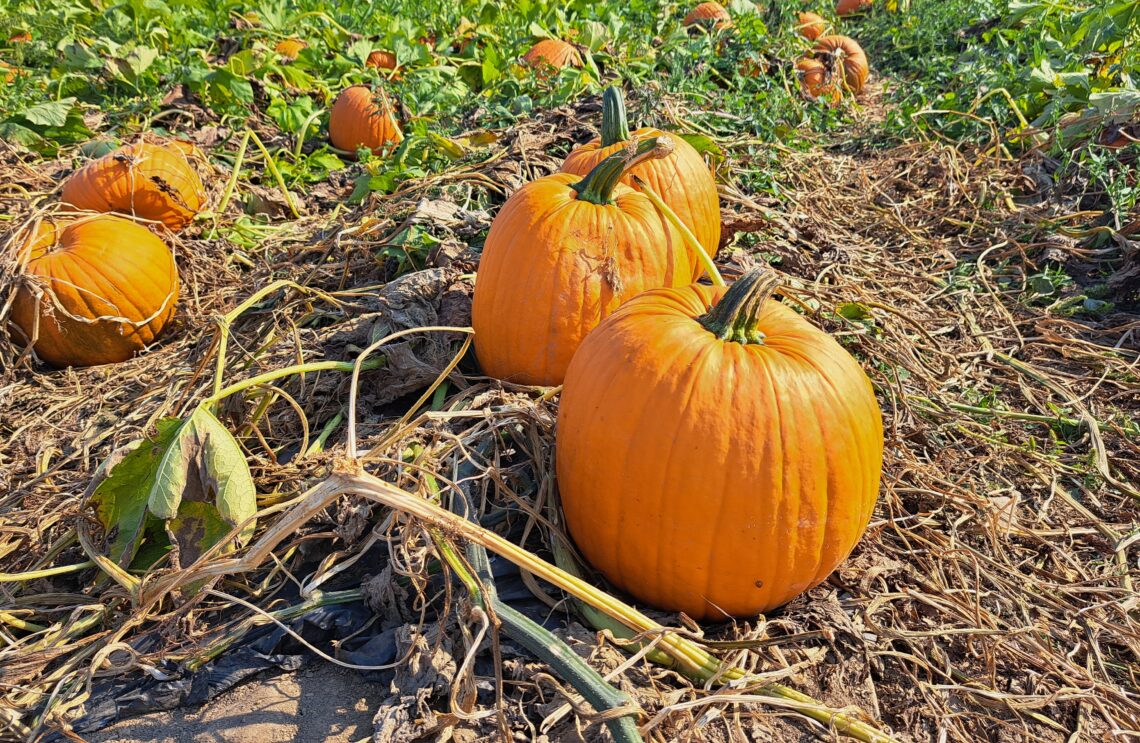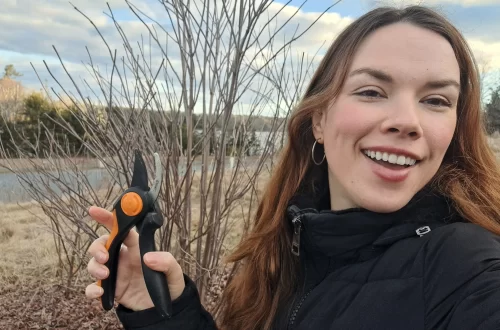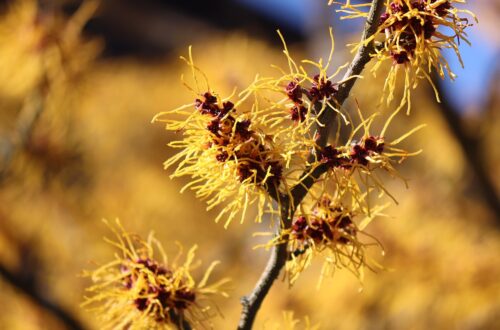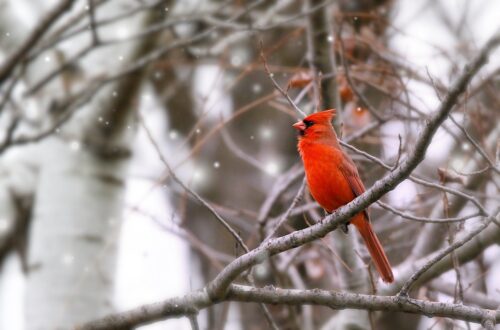Checking these fall gardening tasks off your “to-do” in autumn makes spring gardening much easier!
Summer gardens are busy places, but there’s still plenty to do in the garden in autumn. From soil improvement to planting, some of the most important garden tasks can be performed in fall to make your spring garden even more successful. If you’re ready to prep your flower and vegetable beds for winter, here are some fall garden chores that you can check off your to-do list right now!
Affiliate disclosure: As an Amazon Associate, I may earn commissions from qualifying purchases.
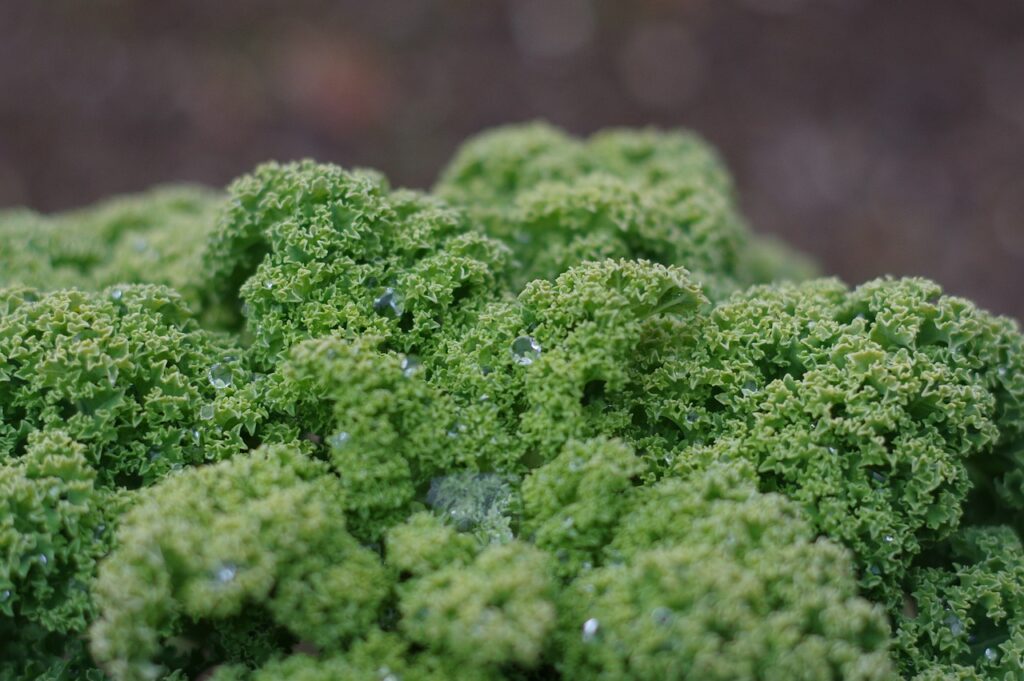
1. Sow cold season veggies.
Many gardeners never think about planting vegetable seeds in fall, but many cool season crops actually grow better when they’re planted from late summer to early autumn. Plants like carrots, beets, turnips, endives, and all of the Brassicas fall into this category.
2. Gather the last of your harvest.
Warm season veggies, like tomatoes and peppers, don’t fare well when temperatures drop below 55 Fahrenheit, and these plants should definitely be harvested before frost. Carrots and some other autumn garden vegetables can be harvested right up until the ground freezes; however, hardy Brassicas may stay alive all winter long if you add row covers or other season extension products to your fall vegetable garden!
3. Install season extension products.
If you’re not ready to throw in the towel on your vegetable garden just yet, you can squeeze a few more weeks or even months out of the growing season with season extension products. Row covers are a popular choice, but grow tunnels, cloches, and cold frames also work wonders. I’ve kept kale plants growing all winter long in New England by keeping them under upcycled, clear plastic milk jugs!
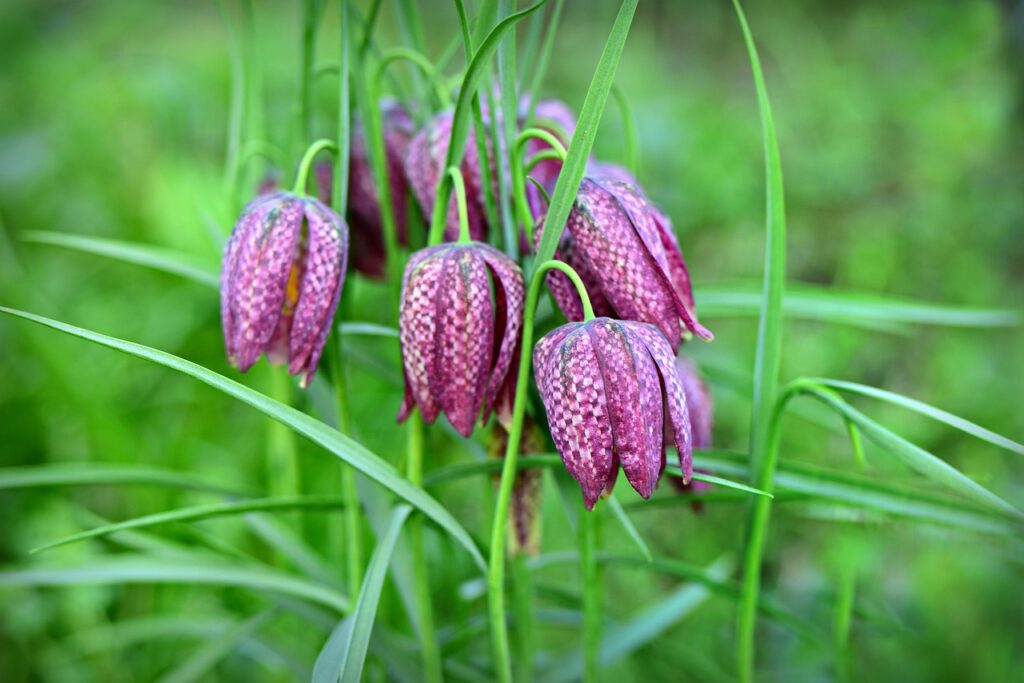
4. Plant fall bulbs.
Most spring bulbs are planted in fall — sometime between September and when the ground freezes solid. Tulips, daffodils, and crocuses are some of the most common bulbs to plant in fall, but if you keep a pollinator garden, you may want to plant pollinator-friendly bulbs like trout lily and trillium instead. You can even find some perennial plants to plant in fall, although most perennials will need to be planted at least 4 to 6 weeks before your first frost date.
Tip: Don’t forget to pick up some garlic for fall planting too. Up here in Maine, I usually plant my garlic in October!
5. Spruce up your porch planters.
Many heat-loving annuals die away with the first light frost, but hardy fall blooming flowers like asters can continue to bloom until the first hard freeze. Planting these tough plants in your porch planters can allow you to enjoy fall blooming plants through October and beyond. If you want to add color to fall hanging baskets or window boxes, try growing small plants with trailing stems, like ground-covering sedums!
6. Test your soil.
Testing your soil once every 3 years can help you detect nutrient deficiencies before they blossom into major plant problems! Although soil tests can be performed in spring too, fall testing is usually best since it gives you more time to add amendments and get them incorporated into your garden before spring. Having your soil tested by your local cooperative extension office will provide the most thorough soil test results, but you can also test your own soil with a home test kit.
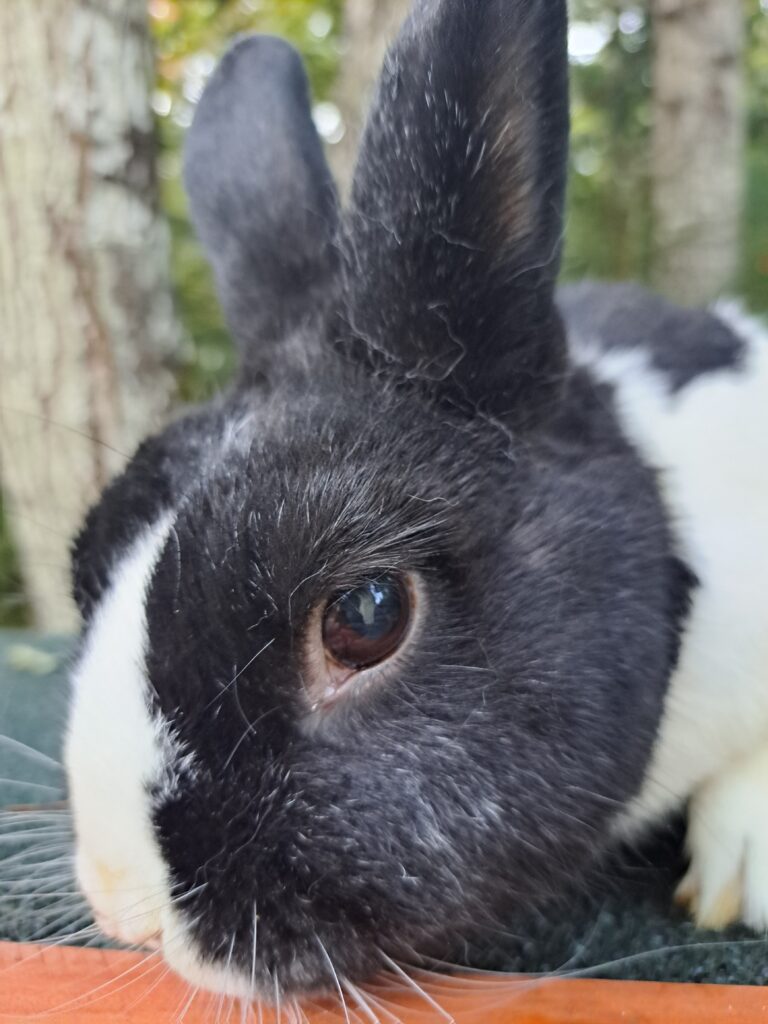
7. Add compost and other amendments.
Some soil amendments, like sulfur, take a long time to break down into the soil, so it’s best to add them to your garden in fall. Manure also should be applied to gardens in autumn since it can pose a health risk if it’s applied to vegetable beds near harvest time. Compost is my personal favorite soil amendment since it can be applied in spring or fall, but I usually apply it in autumn to give it plenty of time to break down.
Here’s my personal “recipe” that I use to improve the soil in my veggie beds every autumn:
- Step 1: Pull out the old vegetable plants.
- Step 2: Add rabbit manure (my bunny Puck is a great garden helper!)
- Step 3: Sprinkle on some alfalfa meal.
- Step 4: Apply a light layer of compost.
- Step 5: Top it all off with mulch made from chopped autumn leaves!
8. Mulch, mulch, mulch!
Like compost, mulch can be applied in spring or fall, but it’s wise to apply a fresh layer of mulch at least once a year to keep weeds down. I like to use wood chips on my flower beds and compost, autumn leaves, or straw on my edible plants; however, pine straw can be a great choice too if have access to it. To apply, spread a 1 to 3 inch layer of mulch across your garden, push the mulch a few inches back from plant stems to avoid rot, and you’re done!
9. Save seeds.
Hybrid or F1 seeds aren’t good for seed saving as they can sprout into plants that don’t look like the parent plants at all. Instead, save seeds only from wild, open-pollinated, heritage, or heirloom plants using these quick tips:
If you want to save seeds from wildflowers, wait until the seed heads completely dry on the plant and then collect the seeds by shaking the dried flowers over a paper bag. Only harvest 1/10 of the seeds you see to ensure nature has plenty of seeds for Her use!
If you want to save seeds from vegetable plants, allow the veggies to fully ripen. This is often more ripe than you think. Cucumbers, for example, need to turn yellow for their seeds to be viable.
Once the fruit is fully ripe, cut the fruit open, scoop out the seeds, rinse them in a fine mesh strainer to remove the pulp, and let the seeds air dry on a baking sheet. Then, store the fully dried seeds in labeled paper envelopes until you plant in spring!
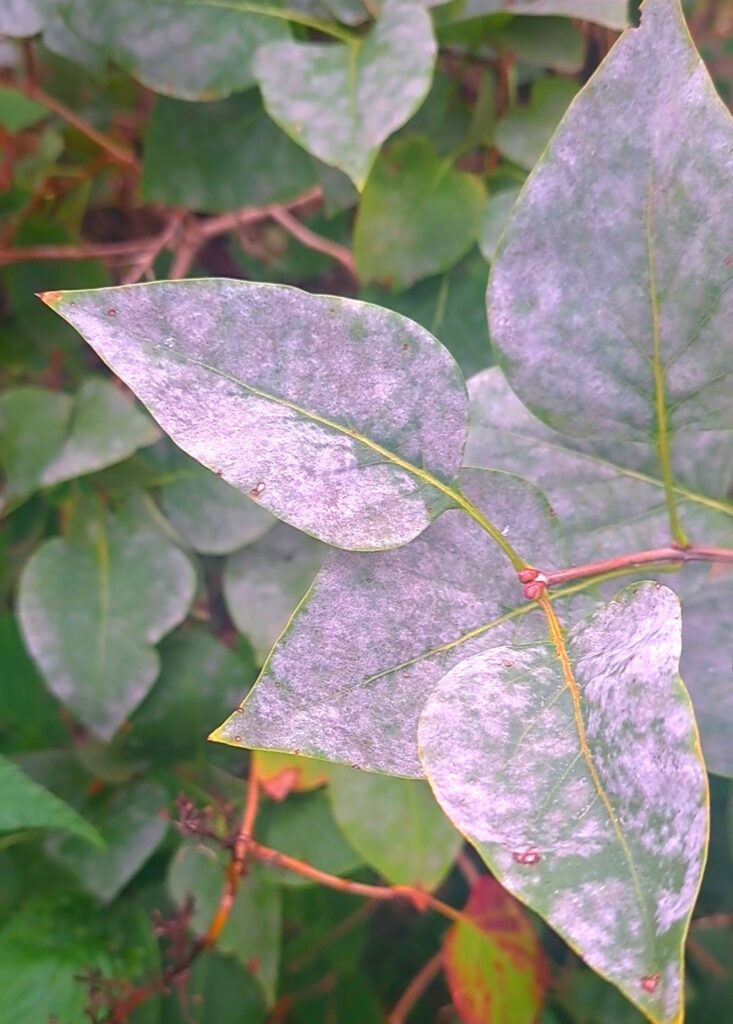
10. Destroy diseased plant material.
I leave most plant debris in my flower beds in autumn to provide hibernating spots for pollinators. However, I do clean up my vegetable garden and I remove any leaves in my perennial beds that display signs of pests or disease. Because pests and disease can survive most compost piles, I usually end up burning these diseased plant bits in my fire pit!
11. Grow cover crops.
Fall planting cover crop seeds can also be used to improve your soil… just like compost. Most cover crop seeds should be planted at least one month before your first frost date to ensure they have time to root. I personally like to use annual cover crops or cover crops that aren’t winter hardy in my region so I don’t need to worry about them becoming weedy in spring.
12. Leave the leaves.
Although diseased plants should be removed from gardens to keep problems from reoccurring, I wait until spring to clean out my flower beds and prune my perennials. Pruning perennials before winter makes many plants more susceptible to cold damage, but perennial plants also provide valuable nesting spots for pollinators. To ensure my winter garden is as wildlife-friendly as possible, I leave perennial stems and leaves in place through winter and I only remove them in spring when temperatures are consistently above 50 Fahrenheit.
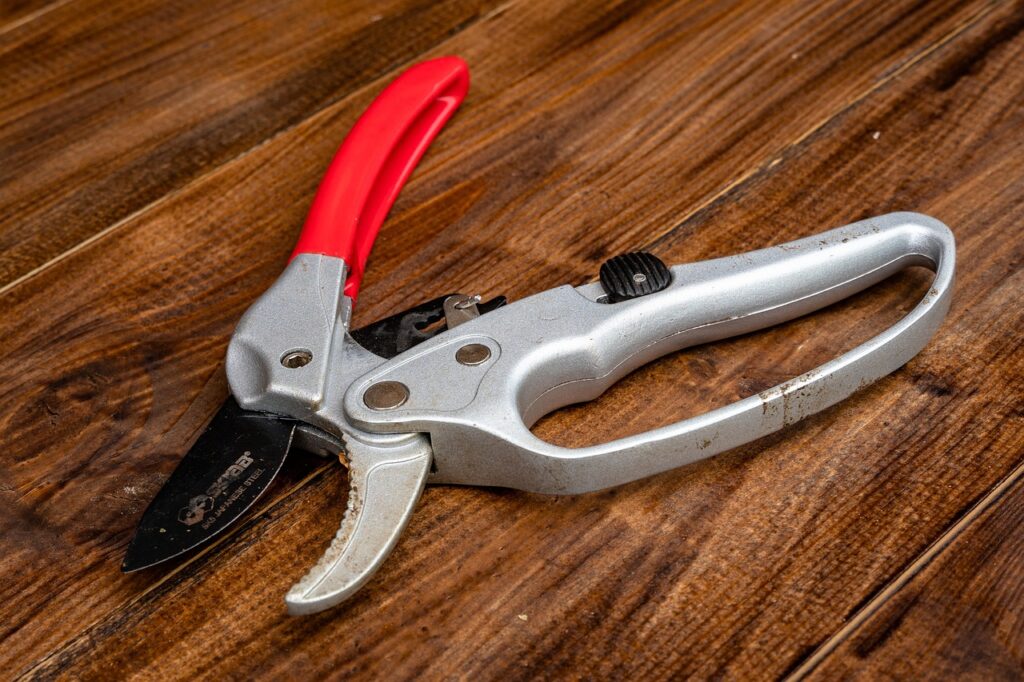
13. Disinfect your tools.
Powdery mildew and other plant diseases don’t just overwinter in infected plant matter. Many diseases can also linger on garden tools long after the growing season ends! To keep last year’s plant problems in the past, wipe down your tools with rubbing alcohol before storing them away or soak your tools in a bath of 1 part bleach to 10 parts water for 20 to 30 minutes.
14. Drain hoses and drip lines.
Water expands when it freezes and it can rupture hoses and drip line systems if you’re not careful. To avoid this issue, drain hoses thoroughly before storing them and empty out your drip lines too. Drained drip lines can usually be left in the garden through winter, but drip line timers, filters, and pressure gauges should be brought indoors.
15. Put away garden décor.
Some garden décor can be left outdoors through winter, but glass and unsealed concrete pieces can get damaged by cold. If these items contain water, empty them out and then bring them into a protected spot, like your potting shed. If you can’t bring these items inside, wrapping them with bubble wrap and tarps can help.

16. Switch to indoor composting.
Outdoor compost piles stop functioning in autumn when temperatures dip below freezing. Although outdoor piles will perk right up in spring, you can keep composting through winter in any location with an indoor compost system, like worm composting or bokashi. I find that bokashi is a bit easier than worm composting since it can process even more types of kitchen scraps and I don’t need to worry about hiring a “worm sitter” when I go on vacation!
17. Make a wildlife shelter.
Leaving leaves in place until spring is one way to help hibernating pollinators in winter. But if you want to provide even more sheltering spots for pollinators, heap leaves and sticks in a pile in an underutilized corner of your garden, or build a dead hedge or bug snug. Installing bird houses, roosting boxes, or a bee hotel will make your garden even more inviting to wildlife!
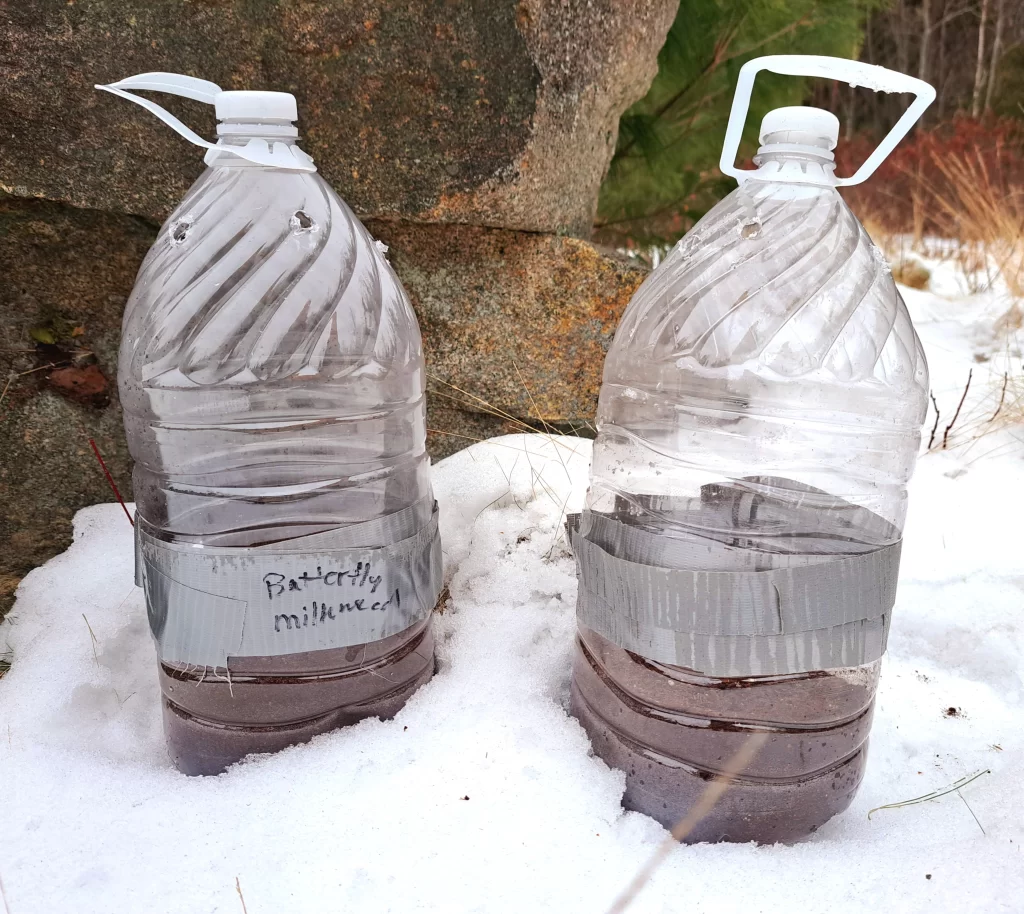
18. Cold stratify wildflower seeds.
Many wildflowers native to cold regions grow better if they’re cold stratified before planting. I have guides on how to cold stratify wildflower seeds indoors or in a milk jug greenhouse, but the easiest way to stratify seeds is by planting them outside in fall.
To start, prep your planting area in early fall by weeding and amending the soil with compost. When the ground freezes, sprinkle your wildflower seeds of choice over the planting area and then scatter a light dusting of straw or chopped autumn leaves over the seeds. During winter, the seeds will naturally stratify and you’ll only need to water them when they sprout in spring!
